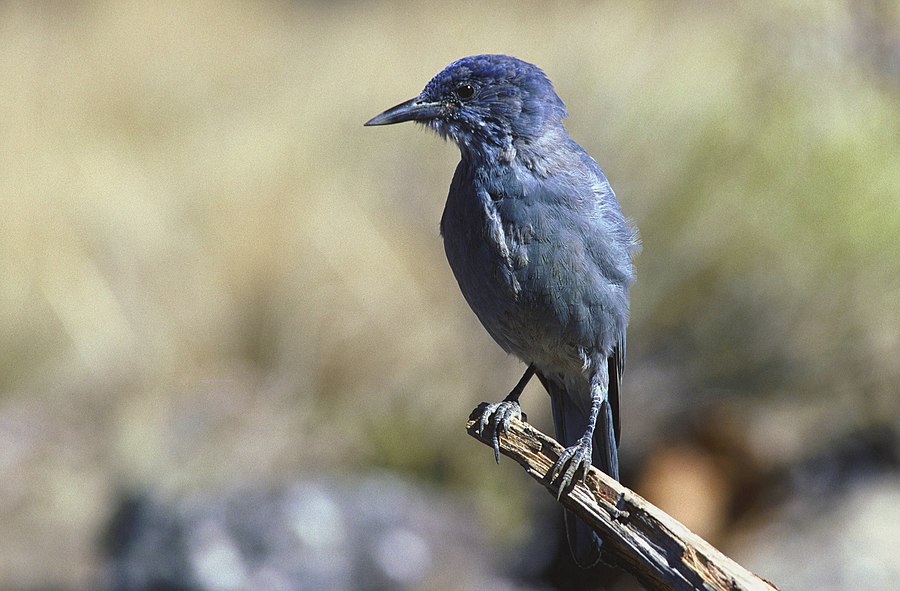Facts About Pinyon jay
The Pinyon Jay is a distinctive bird native to North America, easily recognized by its bluish-grey feathers and characteristic rhythmic calls. These birds are highly social, often seen in large flocks, and are notable for their nutcracker-like beaks. Their diet consists primarily of pinyon pine seeds, but they also consume fruits, berries, and insects.
First documented in 1841 by Prince Maximilian of Wied-Neuwied, the Pinyon Jay is the sole species in the genus Gymnorhinus. Their range extends from central Oregon to western South Dakota, where they typically inhabit pinyon-juniper woodlands and ponderosa pine forests. Unfortunately, habitat destruction caused by mining, development, and climate change poses significant threats to their survival.
Pinyon Jays are well-adapted to their environment and are particularly skilled at gathering and storing pine seeds for future use, often traveling long distances to cache these seeds. Their diverse diet also includes juniper berries, insects, and cultivated grains.
These birds exhibit fascinating social behaviors. They nest in colonies, with each tree hosting a single nest, and demonstrate cooperative feeding and sentinel duties to protect the flock. They form strong pair bonds and collaborate to raise their young.
Predators remain a constant threat, but Pinyon Jays have developed strategies such as mobbing and sentinel behavior to defend themselves. Their survival rates depend on various factors, including age, weather conditions, and seed availability.
Given their ecological importance and the challenges they face, conservation efforts are crucial to protect Pinyon Jays. These measures will help preserve their populations and the unique roles they play in their ecosystems.

 Mexico
Mexico